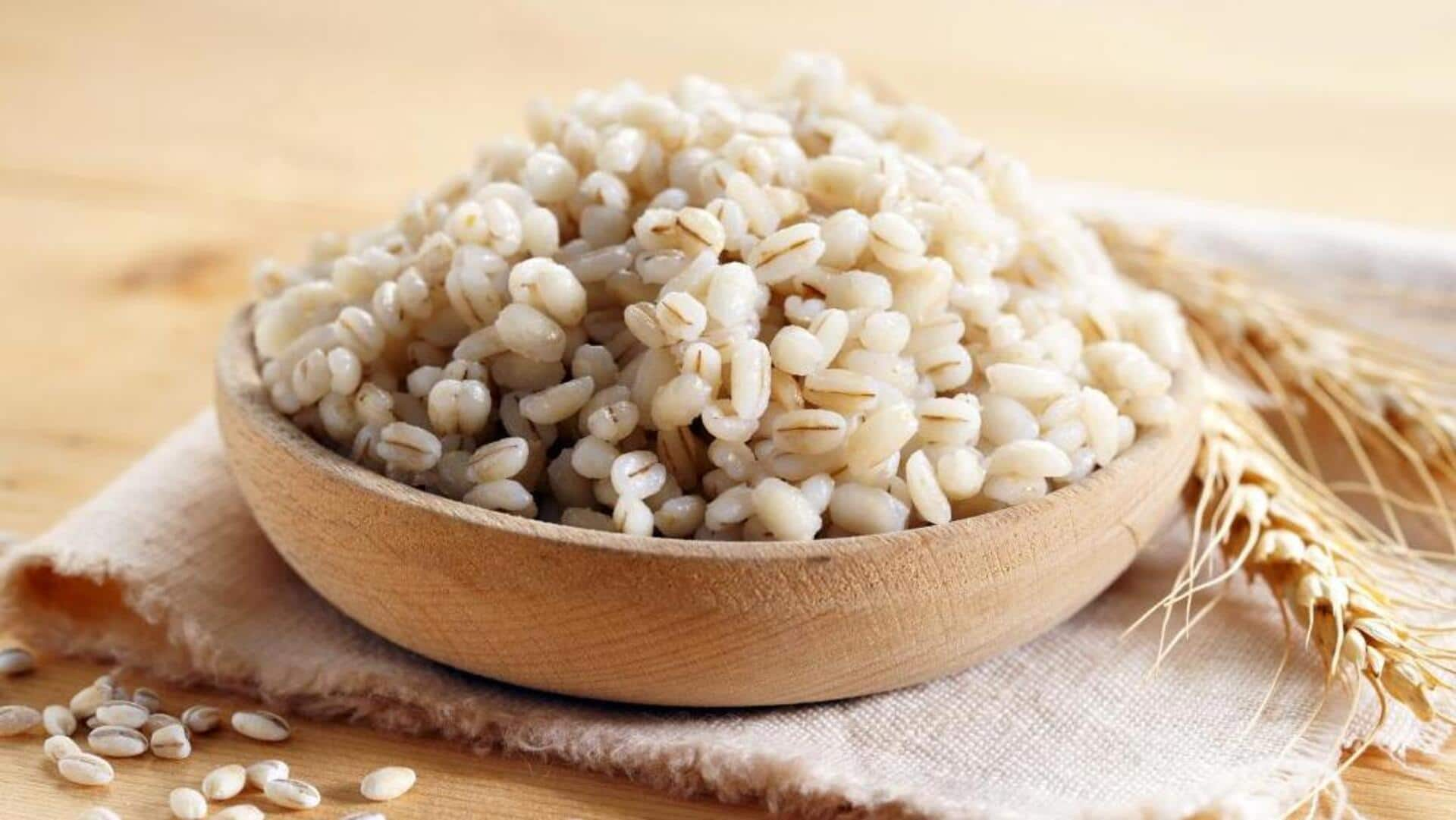
Rye v/s barley: Which is more nutritious?
What's the story
Rye and barley are two of the oldest grains that have been a staple in human diets for centuries. Both grains provide unique nutritional profiles, making them popular among health-conscious individuals looking for healthy alternatives to modern grains. Here's a look at the nutritional aspects of rye and barley, comparing their benefits and uses.
Fiber levels
Fiber content comparison
Rye is also famous for being fiber-rich. It promotes digestion and keeps you fit and healthy. Rye has more dietary fiber than most grains, including barley. Barley also provides a fair amount of fiber but is slightly lesser than rye. However, the soluble fiber in both the grains supports heart health by reducing cholesterol levels.
Protein content
Protein powerhouse
Both rye and barley offer a good amount of protein, which is crucial for muscle repair and growth. However, barley has a slight edge over rye in terms of protein content. This makes barley an attractive option for those looking to increase their protein intake without relying on animal sources.
Nutrient density
Vitamin and mineral richness
Barley is particularly rich in vitamins, especially B vitamins, essential for energy production and brain function. It is also rich in minerals like selenium and magnesium which promote overall health. Rye also provides a good spectrum of nutrients, but is especially known for its manganese content, which is essential for bone health.
Blood sugar impact
Glycemic index insights
The glycemic index (GI) is basically a tool that gauges how fast foods raise blood sugar levels after consumption. Since rye has a lower GI than barley, it emerges as a better choice for anyone controlling blood sugar or diabetes. Choosing foods with lower GI can help keep your energy levels stable throughout the day, which is why rye makes for a great nutritious option.
Cooking uses
Culinary versatility tips
While rye flour is commonly used for baking bread (because of its dense texture and flavor), whole rye berries can be tossed into salads or soups as hearty additions, adding extra nutrition value. Meanwhile, pearl or hulled barleys are typically used for soups, stews, and risottos, giving a chewy texture and nutty taste to the dish, making it more delicious.